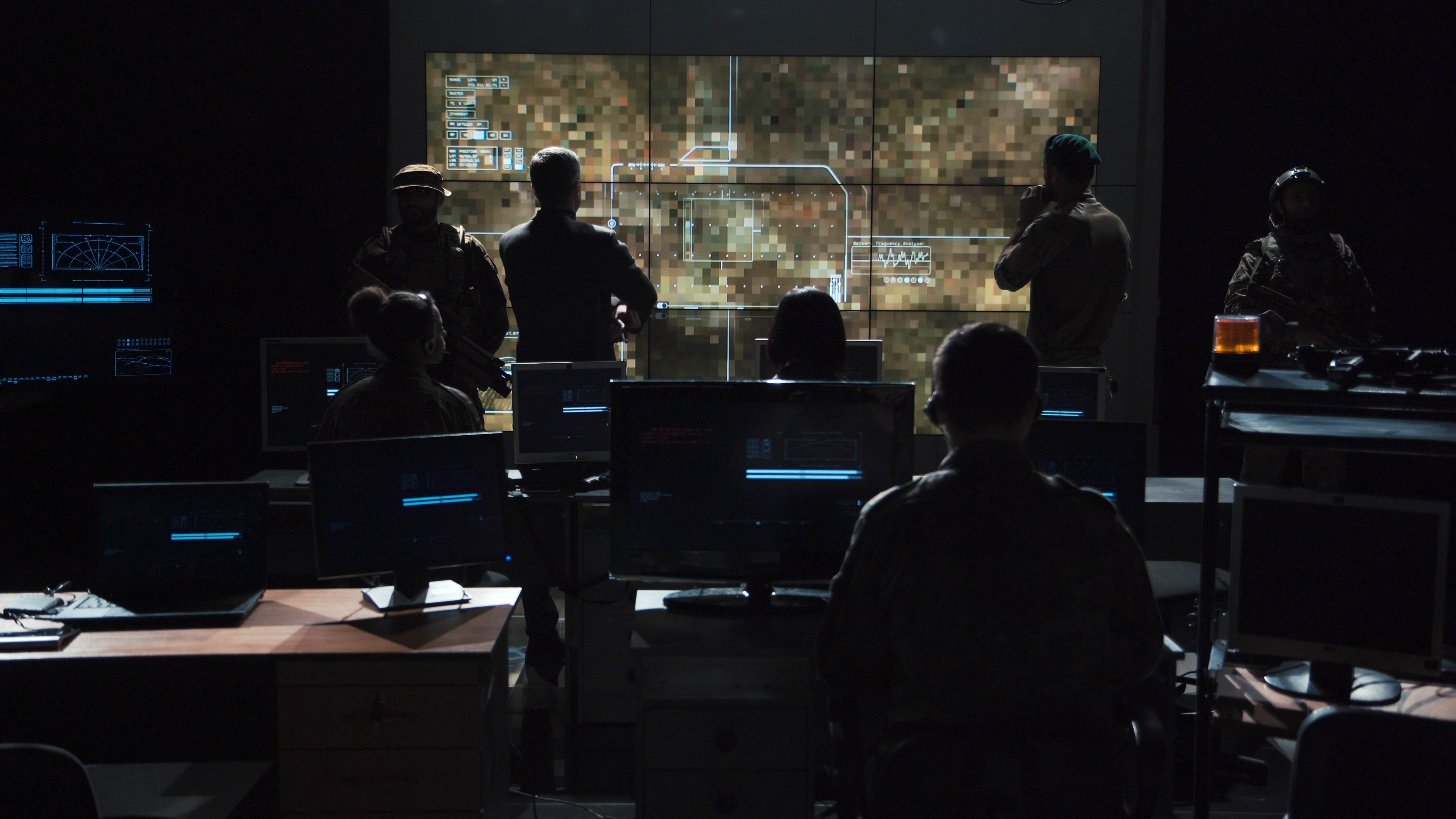Enough ‘one trick ponies’: Marine special ops specialists want industry help to fuse tech
The U.S. military could greatly benefit from laptops and technology that can help consolidate access to data and software solutions to fewer devices. Making hardware investments toward this goal could drive notable efficiencies in logistics and operations for the U.S. Marine Corps and other branches of the military.
If they could have just one piece of technology to overcome operational challenges, two Marine Forces Special Operations Command (MARSOC) specialists said it wouldn’t be a shiny next-gen weapon or vehicle, but hardware or software that would allow them to fuse the deluge of data into a single system and display.
“The back-end analysis, and the complexities of having multiple systems up and multiple applications, that’s definitely one of our biggest shortfalls,” a MARSOC special capability specialist told the audience here at the Modern Day Marine conference. “As we get into the operational use of some of these technologies, we have a plethora of them, most of which are one-trick ponies, per se – really good at doing one thing.”
A second specialist, this one in communications, agreed, saying sometimes they’ll have a single laptop that only works with a single other piece of gear. (Three MARSOC panelists were not identified due to operational security concerns.)
“From servers to nodes to radios to what have [you], there are so many pieces of gear that we could be in charge of at any time, and it makes it 10 times harder when that gear just doesn’t communicate with other things well,” the second specialist said.
The second specialist envisioned a single graphical user interface (GUI) that would show everything at once. “If we had something like that, where all of these programs could talk and we didn’t have to jump from screen to screen to screen or device to device … ”
Beyond annoyance, it was also a matter of logistics – each piece of equipment takes up physical space in shipping containers and command posts, making it that much harder to move quickly.
The panelists were sitting alongside MARSOC commander Maj. Gen. Matthew Trollinger, who also emphasized the need to assist special operators with the “cognitive demand” that comes with operating in a modern, data-rich environment.
“Anything that we can leverage to mitigate, lessen the burden on the individual, again, because I’m all about making sure people have what they need, or relieve them of something that they don’t need to have hanging over them or weighing them down,” he said. “How can we best leverage technology for the individual to get after what it is they need to do?”
The call for a single GUI, or display, recalls one key goal of the Pentagon’s Joint All Domain Command and Control (JADC2) effort, which is being designed to fuse data from an array of sensors in a legible way for commanders. In November 2021, Army officials acknowledged they were “struggling” with data integration and display in their Project Convergence experiments designed to support JADC2.
Meanwhile, a third MARSOC member, a critical skills operator who’s about to deploy to US Central Command’s area of responsibility, was the odd man out when it came to the piece of technology he’d want. The first to answer, he said he needed more quickly deployable, secure communications and friendly tracking for small units that are stealthy on the electromagnetic spectrum.
This article was written by Lee Ferran from Breaking Defense and was legally licensed through the DiveMarketplace by Industry Dive. Please direct all licensing questions to legal@industrydive.com.
![]()

